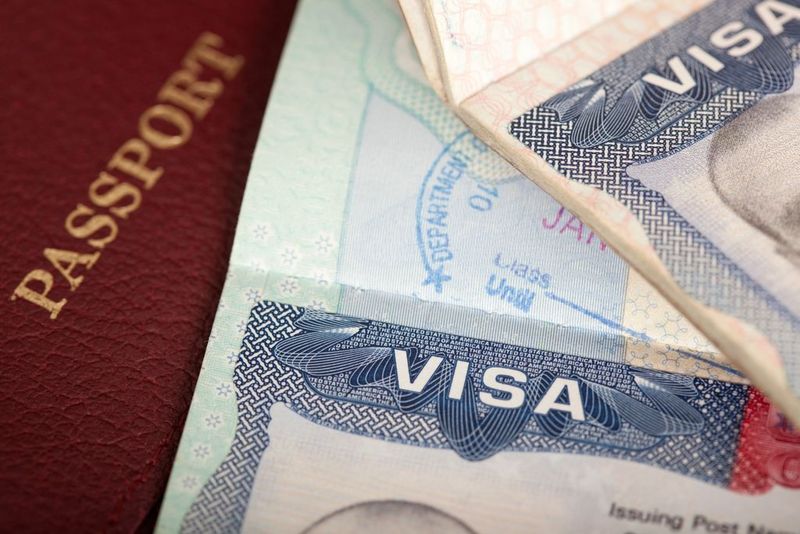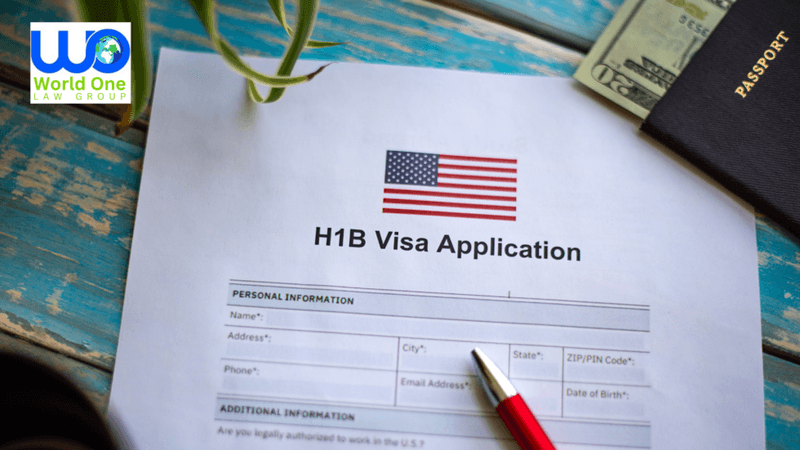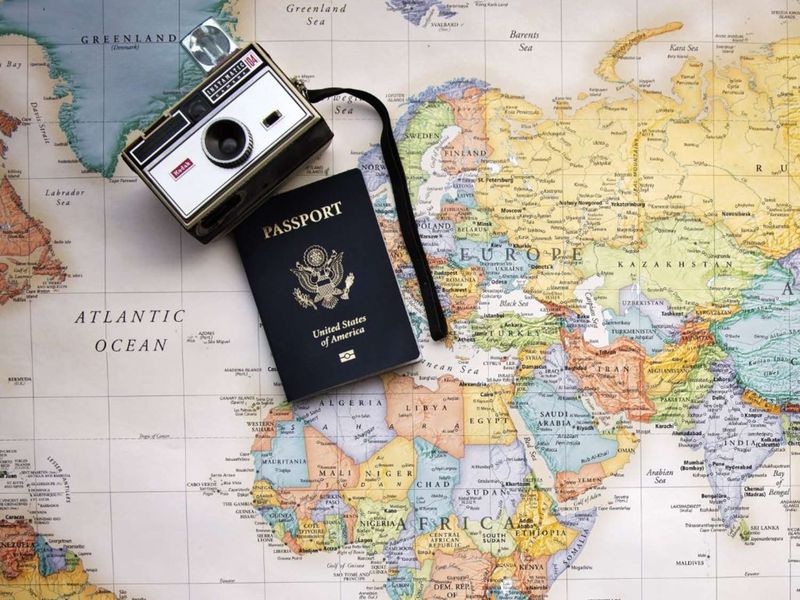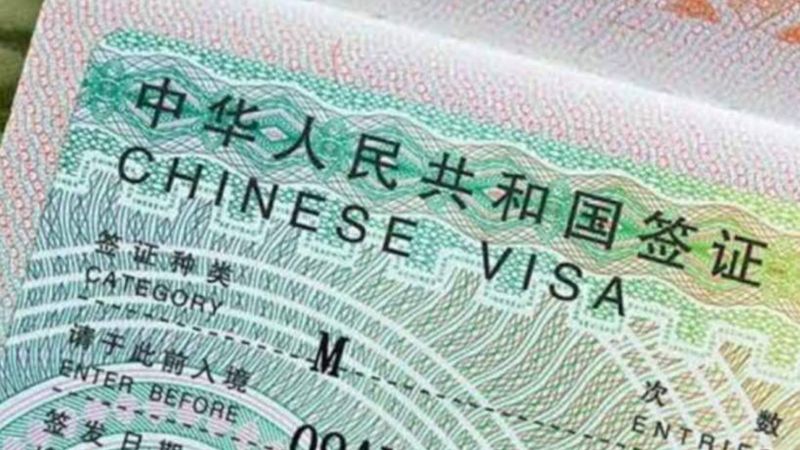As 2025 moves into the winter travel season, travelers face some of the biggest visa policy shifts in years. The United States, the European Union, the United Kingdom, and China have all introduced new rules that affect millions of visitors worldwide. Some of these changes add costs or bureaucracy, while others simplify movement across borders. Whether you’re planning a holiday trip, a business journey, or a family reunion, knowing the latest requirements is essential to avoid delays, unexpected fees, or even denied entry. Here’s a clear look at the key changes shaping global travel before the end of 2025.
1. New U.S. Visa Costs and Interview Rules

Travelers heading to the United States in late 2025 face several important changes. First, the fee for ESTA, the Electronic System for Travel Authorization used by visitors from Visa Waiver Program countries, will nearly double – from $21 to $40 – starting September 30, 2025 (based on Kiplinger). At the same time, the State Department is tightening application procedures.
Since September 6, non-immigrant visa applicants can no longer schedule interviews in third countries, meaning you must apply in your home nation or legal residence (Times of India). Compounding this, interview waiver policies that allowed “Dropbox” renewals for categories like H, L, and F visas are ending as of September 2 (Economic Times). These combined shifts make advanced planning crucial.
2. Visa Bonds and Integrity Fees in the U.S.

In addition to higher application costs, some travelers to the U.S. will now face extra financial hurdles. The State Department is piloting a visa bond program that requires certain applicants to post a refundable sum – reportedly up to $10,000 per adult or $5,000 per child – intended to ensure they leave on time (Politico).
Alongside that, a new $250 “Visa Integrity Fee” has been introduced for many non-immigrant visa applicants, particularly those from countries like India, Brazil, and China (Forbes). While travelers from Visa Waiver Program countries may be exempt, these new costs add a significant financial burden for others. For families or business groups, the totals can climb quickly, making U.S. travel considerably more expensive than in previous years.
3. Schengen Border Changes and Expansions

Big changes are also arriving in Europe. On October 12, 2025, the European Union will begin rolling out the Entry/Exit System (EES), which replaces passport stamps with biometric scans such as fingerprints and facial recognition (Wikipedia). Full implementation is scheduled by April 2026, but travelers this winter should expect to encounter the new system at some Schengen borders.
Another shift comes from expansion: Bulgaria and Romania became full Schengen members on January 1, 2025, which eliminates land border checks with other Schengen countries (SchengenVisaInfo). This integration simplifies overland travel across Eastern Europe. However, travelers should prepare for slightly longer wait times at external Schengen borders during the transition as new technology and staffing are phased in.
4. ETIAS and UK Electronic Authorizations

While the EU’s new ETIAS (European Travel Information and Authorization System) was originally planned for 2025, officials have pushed the rollout back to late 2026. When active, it will require travelers from visa-exempt nations, including U.S. citizens, to apply online before entering the Schengen Zone (EuropeStudy.eu).
However, a similar system is already arriving in the United Kingdom. As of April 2, 2025, EU citizens traveling to the UK need to obtain an Electronic Travel Authorization (ETA), which costs around €11 and remains valid for two years (EuropeStudy.eu). For frequent travelers, this means managing multiple pre-authorization systems depending on destination – so keeping track of validity dates and requirements has never been more important.
5. China Expands Visa-Free Travel

Not all 2025 visa news adds red tape. China has taken major steps to boost inbound tourism by expanding its visa-free policy. As of this year, citizens from 74 countries – including much of Europe and parts of Asia – can now enter China without a visa for up to 30 days (Associated Press).
This is a significant relaxation compared with pandemic-era restrictions, when travel was severely limited. For business travelers and tourists alike, the policy eliminates lengthy application processes and consular appointments, making trips to China faster and more flexible.
Combined with streamlined digital entry procedures and improved connectivity, this move signals Beijing’s renewed push to attract foreign visitors and revitalize its tourism sector heading into the winter season.



